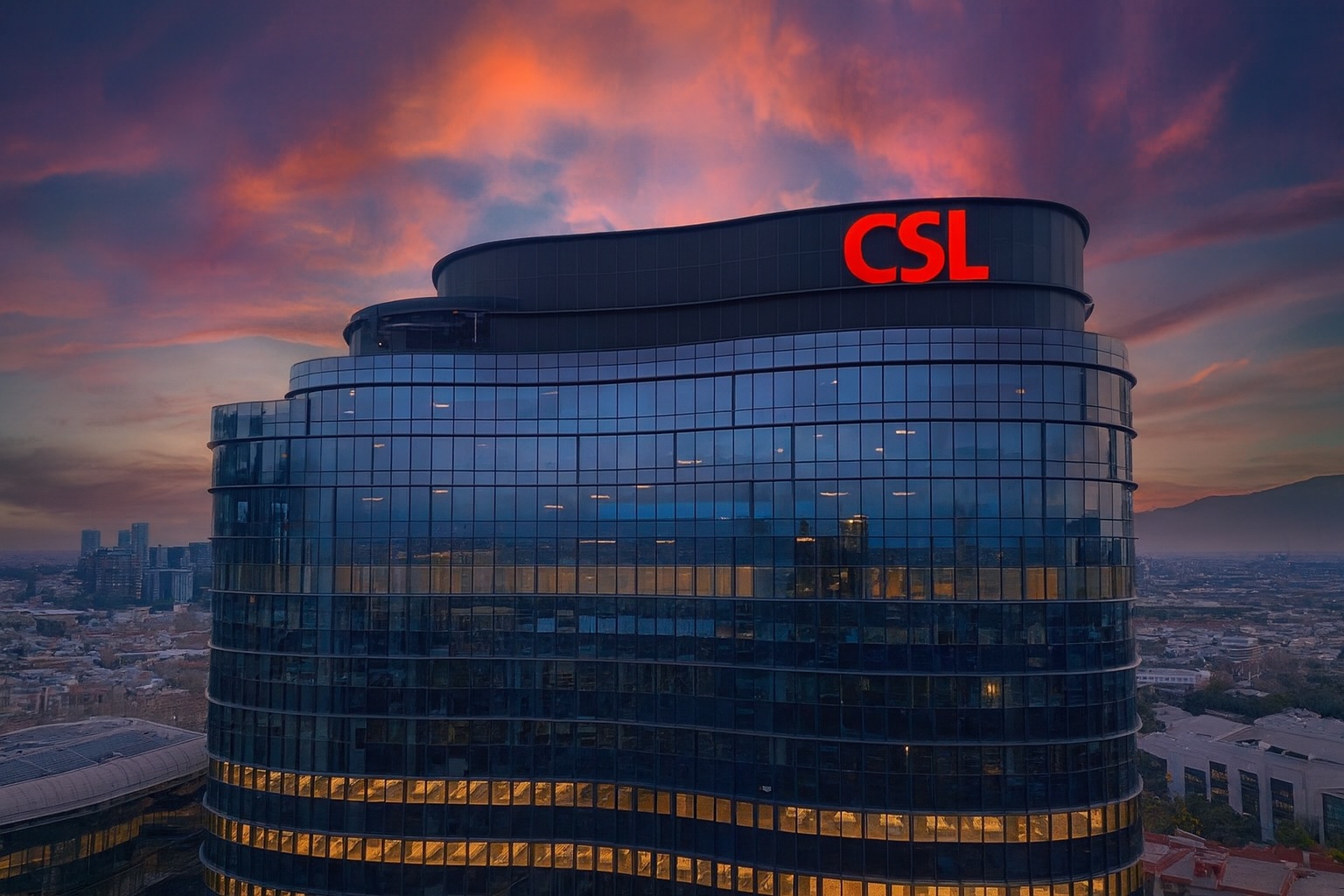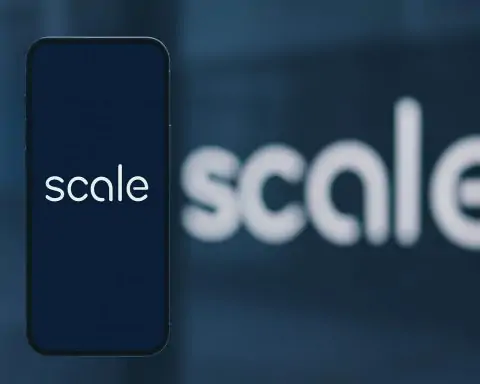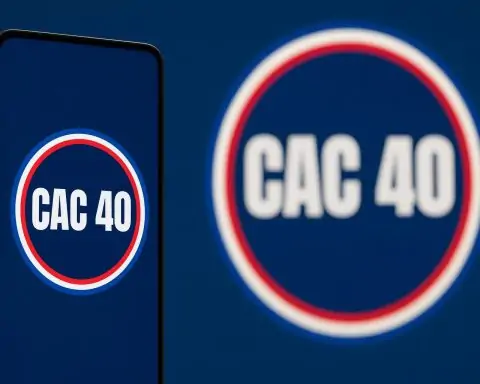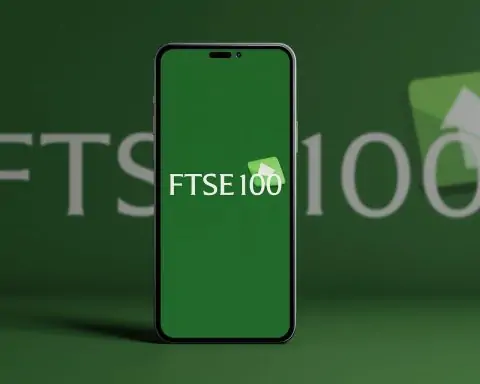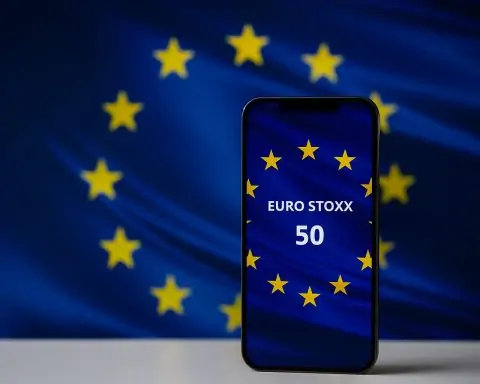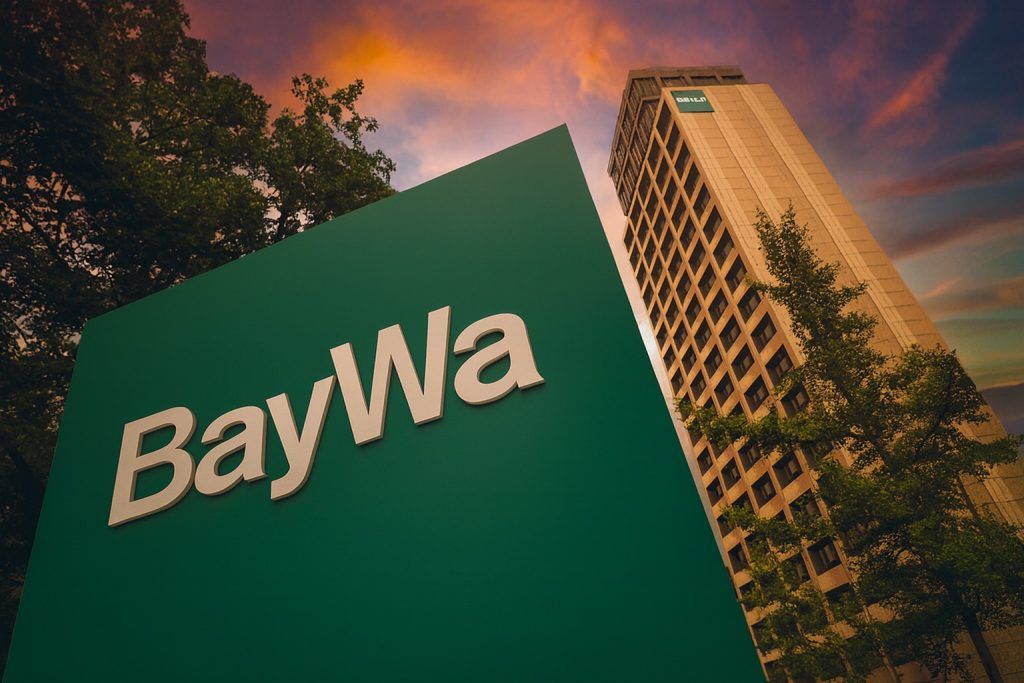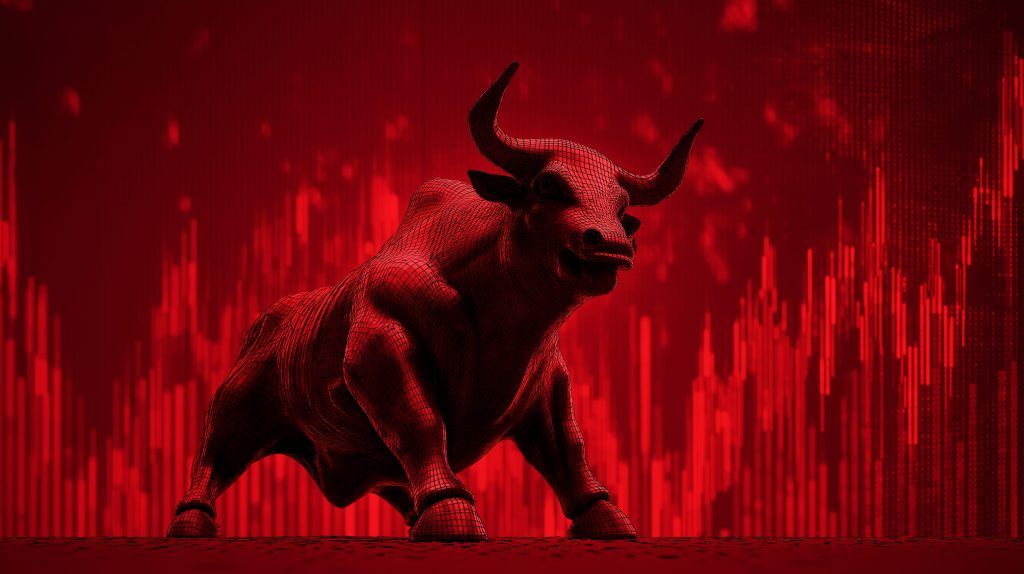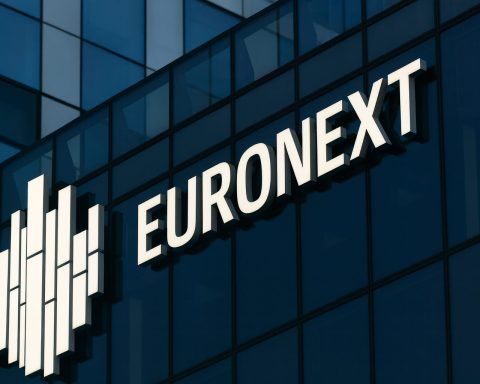- Shares Crash on Profit Warning: CSL stock plunged 15–17% on Tuesday to around A$176, its lowest level since 2018 [1]. The sell-off, which wiped billions off the biotech giant’s value, came after CSL slashed its profit growth outlook and warned U.S. flu vaccination rates are falling more than expected [2] [3]. The share price is now down over 35% year-to-date, including a one-day 15% drop after the vaccine forecast cut [4].
- US Vaccine Slump Halts Spinoff: An “unprecedented” decline in U.S. influenza immunization – flu shot uptake is projected to plunge ~12% this season – has forced CSL to indefinitely delay the planned spinoff of its Seqirus vaccine division [5] [6]. CSL had intended to demerge Seqirus by June 2026, but “heightened volatility” in its key U.S. market led management to shelve the plan until conditions improve [7]. Weaker vaccination momentum in the U.S. and a costly 2022 acquisition (Switzerland’s Vifor) have weighed on CSL’s performance this year [8].
- Shareholder Revolt on Executive Pay: At CSL’s annual general meeting in Melbourne, frustrated investors delivered a “second strike” against executive pay for the second year running, with about 42% voting against the remuneration report [9]. This protest well exceeded the 25% threshold to signal discontent, linking high pay to “mismatch” with CSL’s sagging performance [10]. However, an ensuing motion to spill (remove) the board failed overwhelmingly, with less than 2% voting to oust directors [11]. Chairman Brian McNamee – who spearheaded CSL’s rise as CEO in 1990–2013 – will remain in his role [12], acknowledging shareholder frustration but defending the need to “separate the share price from pay” [13]. CSL maintains that its executive pay, including CEO Paul McKenzie’s US$6 million salary last year, is necessary to attract top global talent (McKenzie’s predecessor once earned over US$45 million in a banner year) [14].
- Growth Outlook Cut, Cost-Cutting Underway: CSL has downgraded its FY2026 guidance, now expecting just 2–3% revenue growth (vs. ~4–5% prior) and 4–7% NPATA profit growth (down from 7–10% outlook) [15]. The grim revision stems from the U.S. flu vaccine slump and softer demand for blood-plasma products in China [16]. As part of a broad restructuring announced earlier, CSL is cutting up to 3,000 jobs and executing a A$750 million share buyback to bolster value [17]. McNamee called the collapse in U.S. vaccination rates “remarkable” and warned “we can’t see the bottom” of the U.S. flu-shot downturn yet [18].
- Analysts Split on Path Forward: The shock profit warning so early in the fiscal year “will clearly not help sentiment,” Jarden analysts noted, as investors digest CSL’s reduced growth trajectory [19]. Yet some see opportunity in the sell-off: Canaccord Genuity upgraded CSL from Hold to Buy, calling the share slump an “exaggerated response” that created a buying opportunity for long-term investors [20]. Canaccord only trimmed its price target slightly (to A$225) – still ~25% above current levels [21] – and highlighted CSL’s upcoming new drug launch (HAE therapy Andembry) as a “potential circuit breaker” for the company’s valuation in coming quarters [22]. Management also remains confident in the fundamentals of CSL’s core plasma therapies business, describing its immunoglobulin franchise as “strong” despite the vaccine headwinds [23]. Overall, market watchers expect CSL’s recovery will hinge on stabilizing vaccine demand and delivering on new growth drivers, as the onetime ASX market-darling works to regain investor trust.
Vaccine Slump Triggers Profit Downgrade and 7-Year Share Low
CSL – Australia’s fourth-largest public company – stunned the market by cutting its profit outlook and delaying a major spinoff due to a steep and unexpected decline in flu vaccinations in the United States. In an AGM update on Oct. 28, the biotech revealed that U.S. influenza immunization rates are dropping far more than anticipated, undermining its Seqirus vaccine division’s performance [24]. CEO Paul McKenzie told shareholders that flu shot uptake in the U.S. was collapsing – a 12% decline in vaccination rates is now expected for the overall population (and 14% for seniors) this season [25] [26]. “In our Seqirus business, we have seen a greater decline in influenza vaccination rates in the U.S. than we expected,” McKenzie said, with Chairman Brian McNamee calling the trend “remarkable” [27]. Policy shifts in Washington may be partly to blame – U.S. Health Secretary Robert F. Kennedy Jr. has taken a skeptical stance on vaccines, cutting funding for programs and even ousting the CDC chief who promoted flu shots [28]. The unexpected vaccine slump, combined with a drop in demand for CSL’s plasma products in China, is hitting the company’s bottom line [29].
As a result, CSL slashed its growth forecasts for the current financial year (FY2026). The company now projects only 4–7% growth in net profit (NPATA) this year, a sharp downgrade from the 7–10% growth it previously told investors to expect [30]. Revenue growth guidance was likewise cut to 2–3% (from ~5%). This profit warning rattled investors, who had long viewed CSL as a steady growth play. CSL’s stock plummeted as much as 16.6% intraday, hitting A$176.23 – a price not seen in nearly seven years [31]. By Tuesday’s close, shares were still deep in the red, marking CSL’s biggest one-day fall since August (when initial spin-off plans were unveiled) [32]. The once high-flying biotech has now seen its share price erode ~36% in 2025, a dramatic reversal for a company that was recently an investor favorite [33].
In response to the changing outlook, CSL’s management hit pause on the Seqirus demerger that had been slated for 2026. The firm had announced in August a plan to spin off Seqirus – its flu vaccines arm – into a separately listed company by next year, alongside aggressive cost cuts [34]. But on Tuesday CSL conceded the timing no longer made sense. “Given the heightened volatility in the current U.S. influenza vaccine market, we have concluded that advancing with the previously proposed demerger timing will not fully capture Seqirus’ value potential,” McNamee explained to shareholders [35] [36]. In plain terms, CSL doesn’t want to float the vaccine business while its U.S. sales are in a slump, as that could undervalue the spinoff. The demerger is now shelved until “market conditions…support the maximisation of shareholder value,” CSL said [37]. Notably, many investors weren’t enthusiastic about the spinoff to begin with – brokers at Jarden noted the “poorly received” demerger plan’s delay actually softened the blow of the earnings downgrade for some in the market [38]. Still, the immediate focus is on CSL’s earnings hit: the firm warned that high-single-digit profit growth is probably the ceiling for the next few years, until the U.S. vaccine market improves [39] [40].
CSL is moving forward with other elements of its turnaround strategy. The company confirmed it will proceed with a major restructuring program, including up to 3,000 job cuts (approximately 15% of its workforce) and a A$750 million share buyback aimed at shoring up the share price [41]. Those measures, first unveiled in August, are expected to yield around $500–550 million in annual cost savings over the next three years [42]. However, they come at a price: CSL will incur a hefty one-time restructuring charge of ~$700+ million in FY26 to cover layoffs and other changes [43]. The company is effectively tightening its belt to weather the downturn, while hoping that investments in new products will eventually reignite growth.
Shareholder Backlash: Pay “Strike” but Board Survives
The backdrop to CSL’s current struggles is a stark loss of market confidence, and nowhere was that more evident than at this week’s annual general meeting. With the stock in a slump, shareholders staged a revolt over executive pay, delivering what Australian governance rules term a “second strike.” More than 40% of votes cast at the AGM rejected CSL’s remuneration report, easily crossing the 25% threshold for a strike [44]. This is the second year in a rowCSL investors have issued a strike on pay, reflecting deep frustration that generous executive rewards have continued despite the company’s weak share performance [45]. “The shareholder unrest is linked to a perceived mismatch between the company’s performance and its high pay rates,” The Guardian noted, pointing out that CSL shares have fallen over 35% in the past year even as top management salaries remain lofty [46].
Under Australia’s “two strikes” law, two consecutive remuneration rebukes allow shareholders to call for a spill vote to remove the board. Such a vote did occur immediately after the AGM pay rejection – effectively a confidence vote on CSL’s directors. Crucially for management, the board survived. In fact, less than 2% of shareholders voted to spill the board, indicating that despite anger over pay, investors were not prepared to kick out CSL’s leadership team amid the current turmoil [47]. “We passed that hurdle,” CSL’s chair Brian McNamee said with relief after the spill motion was defeated [48]. McNamee, a highly regarded figure who led CSL’s transformation from a former government entity into a global plasma giant in the 1990s and 2000s, will remain as chairman.
In the meeting, McNamee and the board faced pointed questions about why CSL’s once high-flying shares have stagnated and what accountability the C-suite should bear. One major sore point: CSL’s expensive 2022 purchase of Swiss firm Vifor Pharma (for ~$11.7 billion) which some shareholders feel has yet to pay off. There is “lingering shareholder resentment” over the high price tag CSL paid for Vifor [49], especially now that the company’s balance sheet and earnings are under pressure. CSL’s leadership defended the acquisition’s strategic rationale (expanding into nephrology and iron therapies) but acknowledged it has contributed to short-term debt and integration costs. Combined with the pandemic-era boom and bust in vaccine demand, these factors have undercut CSL’s stock – a fact not lost on investors who have seen the share price slide and wanted to send management a message [50].
McNamee has argued that executive pay needs to remain globally competitive to attract top talent to CSL, which operates in biotech markets worldwide [51]. CSL’s CEO Paul McKenzie earned about US$6.06 million in the last year [52] – a sizable sum by Australian standards, though CSL notes much of its leadership is U.S.-based and paid in line with global pharma peers. (For comparison, McKenzie’s predecessor, Paul Perreault, at one point earned over US$45 million in a single year thanks to generous long-term incentives during CSL’s high-growth phase [53].) At the AGM, McNamee acknowledged the discontent but urged shareholders to focus on fundamentals: “It’s very frustrating that the share price has gone nowhere for quite a while…and it’s gone down a lot lately – there’s no doubt,” he said. “But you’ve got to separate the share price from pay” [54]. In other words, he maintained that CSL’s compensation levels are about retaining the best people to fix the company’s problems, and shouldn’t be automatically slashed due to short-term stock fluctuations. That stance may not sit well with some investors, but for now the board has bought itself time to try to turn CSL around. Governance experts note that with a second strike now on record, CSL’s board will be under intense pressure to show tangible improvements by next year – in share price, strategy execution, or both – to avoid further shareholder activism.
Will CSL Bounce Back? – Expert Opinions and Outlook
After its latest plunge, CSL’s stock is trading near seven-year lows, leading many to ask whether this global biotech leader is now a bargain or a value trap. The company’s challenges are clear: an unexpected collapse in U.S. flu vaccine uptake, lingering integration issues from a big acquisition, and investors smarting from a rare earnings downgrade. However, CSL also retains strengths – including its dominant plasma-derived therapies business (immunoglobulins and blood proteins) and a pipeline of new products – that could underpin a recovery if managed well.
On Wall Street and the ASX, analyst views on CSL have diverged in the wake of the profit warning. Jarden analysts reacted with caution, saying “this guidance downgrade so early in the FY26 year will clearly not help sentiment” [55]. They note that CSL’s revised outlook of mid-single-digit earnings growth is a far cry from the double-digit increases investors once expected, and it may take time for trust to be rebuilt. Several brokers cut their price targets for CSL after the AGM update, and at least one (Macquarie) reportedly downgraded the stock in recent weeks amid the vaccine concerns (prior to Canaccord’s opposite move). The stock’s forward price/earnings multiple, while lowered by the sell-off, still isn’t cheap relative to slower growth – implying to some that CSL could languish until there’s evidence of a turnaround [56].
On the other hand, a number of analysts and fund managers see the sell-off as overdone and believe CSL’s long-term investment thesis remains intact. In a bold call, Canaccord Genuity upgraded CSL to “Buy” on October 28 despite the company’s trimmed guidance [57]. Canaccord’s analysts argued the market reaction was “exaggerated”, creating an attractive entry point for a high-quality business now trading at multi-year lows [58]. They only slightly lowered their 12-month price target (to A$225, from A$230), signaling confidence that CSL’s shares can rebound from ~$180 levels once the current headwinds abate [59]. In Canaccord’s view, CSL’s core plasma franchise – which treats rare diseases like immune deficiencies – continues to perform well and demand for immunoglobulins is strong globally [60]. The firm was also encouraged that CSL’s new drug launches are on track: notably Andembry, a novel treatment for hereditary angioedema (HAE), is ahead of plan in its rollout and could be a “potential circuit breaker” to re-energize CSL’s growth and share price [61]. If this therapy and others gain traction, they could offset weakness in the flu segment. Furthermore, CSL’s decision to delay the Seqirus spinoff was met with relief in some quarters – Morningstar analysts opined that keeping the vaccines unit in-house for now is prudent, as splitting it off during a downturn might have destroyed value [62]. By waiting, CSL preserves the option to list Seqirus later under more favorable market conditions.
For income-focused investors, one drawback is CSL’s slim dividend yield (currently under 2%) [63]. The company has traditionally prioritized reinvesting profits into R&D and acquisitions over hefty dividends. That approach worked well during CSL’s high-growth years, but with growth now cooling, some shareholders wonder if returns via dividends or buybacks will increase. CSL’s ongoing A$750 million share buyback (part of its restructuring) is a sign the company is returning some capital to shareholders [64]. Yet, analysts note the near-term outlook remains uncertain – the U.S. public’s vaccine hesitancy may persist into 2027, according to CSL’s own scenarios [65], and China’s demand for plasma products could stay soft if its economy slows. These factors temper the recovery timeline.
Looking ahead, all eyes are on CSL’s execution. The company’s ability to navigate the U.S. flu market slump (perhaps through new formulations or boosting vaccination advocacy), integrate Vifor’s products effectively, and continue expanding plasma collection will determine how quickly earnings can reaccelerate. In the coming months, investors will also watch for any stabilization in flu shot trends – e.g. if Americans return to normal vaccination habits post-pandemic – which would lift a major cloud over Seqirus. CSL’s management insists the long-term fundamentals are sound, expressing confidence that the firm’s diversified portfolio (spanning vaccines, plasma therapies, and specialty drugs) can deliver “high-single-digit growth” once the current hurdles are overcome [66].
For now, the market has clearly re-rated CSL with skepticism, but that could present an opportunity. “The reaction looks overdone given CSL’s underlying strengths,” said one fund manager, noting that the stock hasn’t been this cheap (by historical standards) in years. Still, he cautioned that sentiment may only turn when CSL proves it can hit its reset targets and get back on a growth track. In short, CSL’s fall from grace has been swift and dramatic – but if the company can steady the ship, today’s despair could turn into a comeback story. As shareholders lick their wounds, they’ll be hoping that CSL’s next act justifies the faith that some contrarians are now placing in this Aussie biotech blue-chip [67] [68].
Sources: Australian Financial Review, The Guardian, Reuters, IG Markets [69] [70] [71] [72]; TS², TechStock daily news [73]; Dow Jones/WSJ via MarketScreener [74] [75]; Investing.com (Analyst commentary) [76] [77].
References
1. www.reuters.com, 2. www.reuters.com, 3. www.reuters.com, 4. www.theguardian.com, 5. www.marketscreener.com, 6. www.reuters.com, 7. www.reuters.com, 8. ts2.tech, 9. www.reuters.com, 10. www.theguardian.com, 11. www.reuters.com, 12. www.reuters.com, 13. www.reuters.com, 14. ts2.tech, 15. www.reuters.com, 16. www.marketscreener.com, 17. www.reuters.com, 18. www.reuters.com, 19. www.marketscreener.com, 20. www.investing.com, 21. www.investing.com, 22. www.investing.com, 23. www.investing.com, 24. www.reuters.com, 25. www.marketscreener.com, 26. www.reuters.com, 27. www.reuters.com, 28. www.reuters.com, 29. www.marketscreener.com, 30. www.reuters.com, 31. www.reuters.com, 32. www.reuters.com, 33. www.theguardian.com, 34. www.reuters.com, 35. www.marketscreener.com, 36. www.marketscreener.com, 37. www.reuters.com, 38. www.reuters.com, 39. www.marketscreener.com, 40. www.marketscreener.com, 41. www.reuters.com, 42. www.reuters.com, 43. www.reuters.com, 44. www.reuters.com, 45. www.theguardian.com, 46. www.theguardian.com, 47. www.reuters.com, 48. www.theguardian.com, 49. www.theguardian.com, 50. ts2.tech, 51. ts2.tech, 52. ts2.tech, 53. ts2.tech, 54. www.reuters.com, 55. www.marketscreener.com, 56. stocklight.com, 57. www.investing.com, 58. www.investing.com, 59. www.investing.com, 60. www.investing.com, 61. www.investing.com, 62. www.reuters.com, 63. www.ig.com, 64. www.reuters.com, 65. www.ig.com, 66. www.marketscreener.com, 67. www.investing.com, 68. www.investing.com, 69. www.reuters.com, 70. www.theguardian.com, 71. www.reuters.com, 72. www.ig.com, 73. ts2.tech, 74. www.marketscreener.com, 75. www.marketscreener.com, 76. www.investing.com, 77. www.investing.com
